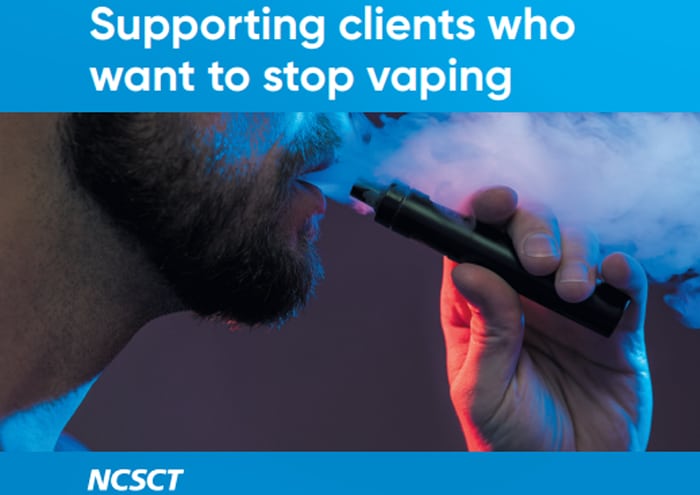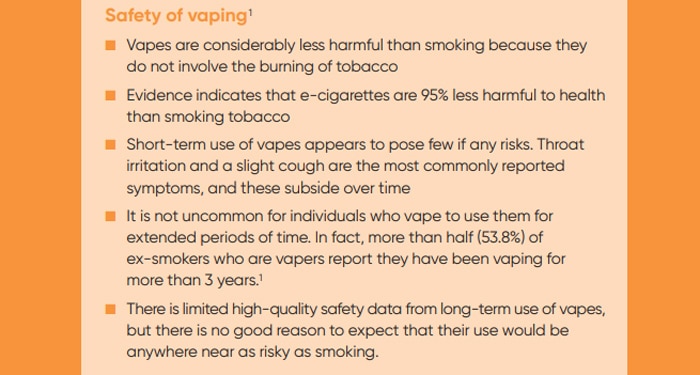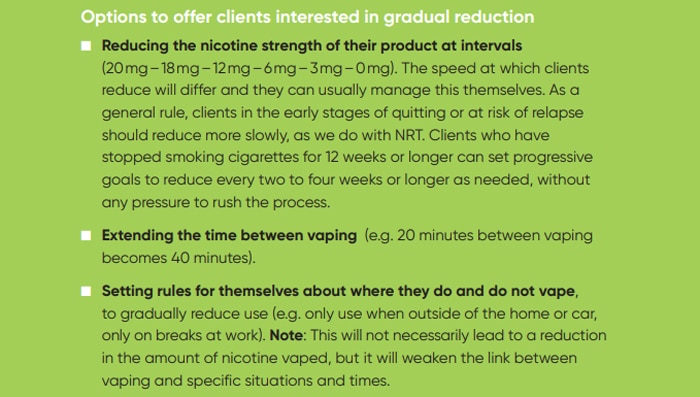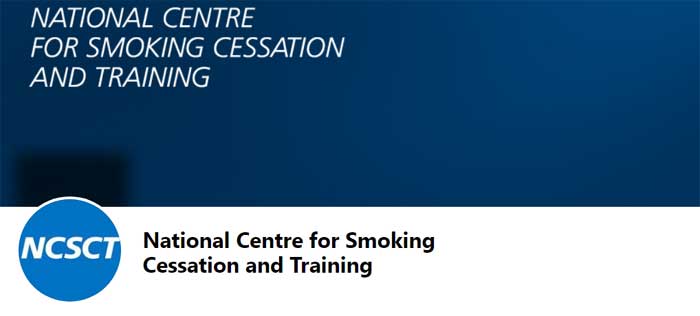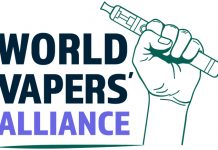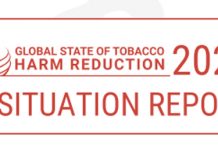The NCSCT (National Centre for Smoking Cessation and Training) have published a guide for medical professionals to assist people who wish to stop vaping.
Access the guide here – “Supporting clients who want to stop vaping“.
There are many other guides on their website and they are very Pro-vaping and share facts to make sure health professionals are armed with correct information.
In response to the many calls for a guide to stopping vaping, we have produced this. It encourages people to keep #vaping for as long as they need to. There should be no rush to stop; always pause if there is ANY risk of going back to smoking
Do sharehttps://t.co/iRKWI63OYU— NCSCT (@NCSCT) October 29, 2022
Thankfully the view of the NCSCT is that according to the NICE guidelines clients should use vapes for as long as they help prevent them returning to smoking.
The document says…
“When supporting clients who want to stop vaping, our priority should always be to ensure that clients who stop vaping do not return to smoking cigarettes”
That to me is a super sensible approach, they obviously feel that it is more important to not return to smoking than it is to quit vaping.
The guide seems to have been triggered by calls for help with quitting vaping plus a University of East Anglia call for research on the subject.
📢 funded PhD: developing/evaluating a behaviour change intervention at @UEA_Health with me, @AddictionUea and @LynneDawkins
E-cigs help people quit smoking but many continue vaping long-term and want to stop. We don’t yet know how to help them do this…https://t.co/btTnadlY7d pic.twitter.com/DoJuFeb0Hf
— Felix Naughton (@FelixNaughton) October 26, 2022
Advice
The document covers how to advise people and their reasons to quit vaping. I quote…
- Making an informed decision : Acknowledge clients’ success with quitting smoking and their interest in stopping vaping. Clients should be reassured that, if it helps them not smoke, there is no rush to stop using their vape. What we don’t want is people to feel that they must stop vaping before they are ready, increasing the risk of a relapse to smoking. If they are ready to stop, you can advise them on their options for stopping vaping gradually or in one step.
- Inaccurate press stories, concerns about safety : It is important to clarify any misinformation about the safety of vaping and to let clients know what the evidence says about long-term use of vapes. It can also be useful to remind clients of the role that vaping played in helping them to quit smoking.
- Pressure from others and concerns about frequency of use : If clients report concerns, which are often about the frequency at which they are using their vape, it can be helpful to explain that they may need to use their vape more frequently relative to smoking cigarettes. Frequent ‘grazing’ is common among vapers to obtain sufficient nicotine, unlike the ‘bingeing’ on nicotine when people smoke cigarettes.
Tapering Down Advice
There are options to offer to clients who want to gradually reduce their vaping as the image below shows.
I have to say I love how the NCSCT deal with the topic of vaping and how they try to educate some of the outdated and incorrect views some health professionals may have on the subject.
They also have as their priority the client not relapsing into smoking. Therefore encouraging them to use the methods that worked to keep them off the smokes.
Their guides are backed by the NICE guidelines and relevant evidence to give all the facts.
Well done NCSCT!!
The guide has also attracted positive comments online too…
Hazel Cheeseman the Deputy Chief Executive of ASH (Action on Smoking and Health) said…
Vape for as long as you need to but stop when you’re ready. Great to have some guidance on this BUT got to remember priority for our services is stopping people smoking. Vaping does not and will not kill 1 in 2 users. Smoking does https://t.co/FAtL5lHQp5
— Hazel Cheeseman (@HazelCheeseman) October 29, 2022
